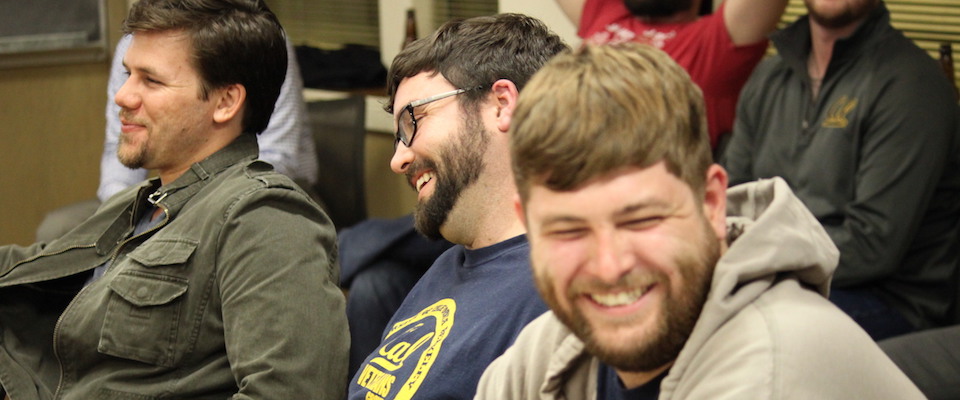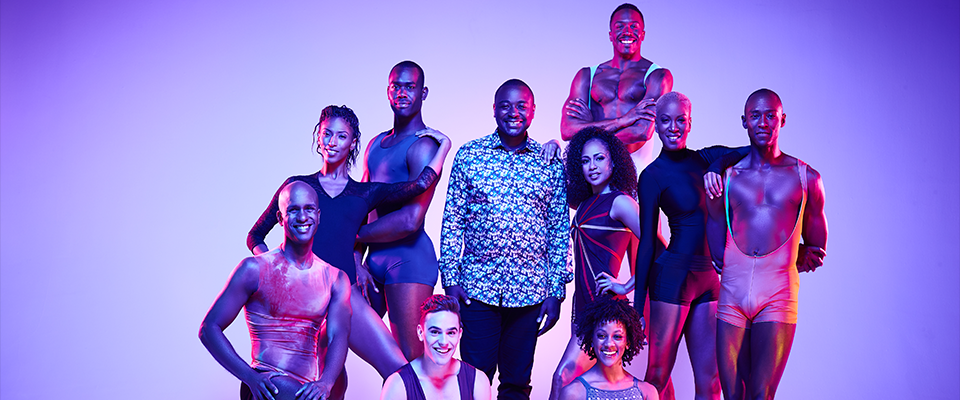That Cal students intend to change the world is no secret. How much they achieve while still in school is perhaps less well known.
Usually 80 percent of students say they’ve volunteered in some capacity or another while they’ve been at Cal,” said Megan Voorhees, director of the Cal Corps Public Service Center. Whether it’s a one-day project or a commitment of 500 hours, she added, “It’s part of our mandate, especially as a public university, to figure out how what we do as a campus serves the common good.”
Certainly, such hands-on endeavors are part of the current zeitgeist as well as a Cal tradition. Teach for America is seeing a record number of applicants nationwide, and Cal has provided more Peace Corps volunteers than any university in the country over the life of the JFK-era program. In June, Chancellor Robert Birgeneau received a Pathfinders to Peace award from the Shinnyo-en Foundation, a Buddhist philanthropy dedicated to encouraging public service. The foundation cited Birgeneau for his commitment “to instill in young people the importance of serving the greater good through volunteerism and service learning in all challenges facing the world.”
The unassuming label “service learning” covers a world of possibilities for students, whether they want to join an established project or create their own. They can tutor elementary school students in Berkeley or help rebuild New Orleans. They can tackle global warming or improve maternal health. They can bring clean water to the slums of Mumbai, solar electricity to farm- ers in rural China, or fuel-efficient cook stoves to war refugees in Africa.
Dozens of service-learning efforts are scattered about the campus, and Voorhees has compiled a list for the Public Service Center website (publicservice.berkeley.edu). She said it will be the first comprehensive list of programs campuswide, not just those of a single department.
Many students say their projects added a welcome depth to their Cal educations. Tanya Kerssen, 2008 Human Rights Fel- low, spent several months in rural Bolivia researching sustainable agriculture for her master’s degree in Latin American Studies. “For my first experience doing field work,” she said, “I’ve gained a lot of confidence and learned a lot about how to navigate the messiness of ethnographic research.”
Sometimes, students apply their skills in surprising ways. Caitlin O’Donnell, who graduated in the spring with an English major and a Global Poverty minor, decided on a project about preschool education in the Caribbean, for which the Blum Center provided a travel grant. But when she got to the small island of St. Lucia, the pre- school had closed. So she went to Barbados, checked out volunteer opportunities, and spent the rest of her stay teaching first aid and water safety to youngsters at a YWCA.
“One of the important things that I learned, which seems real obvious to me now but wasn’t before I left, was how to take initiative,” O’Donnell recalled. “I had to take the reins and do this, and for that reason figure out my own path.”





















